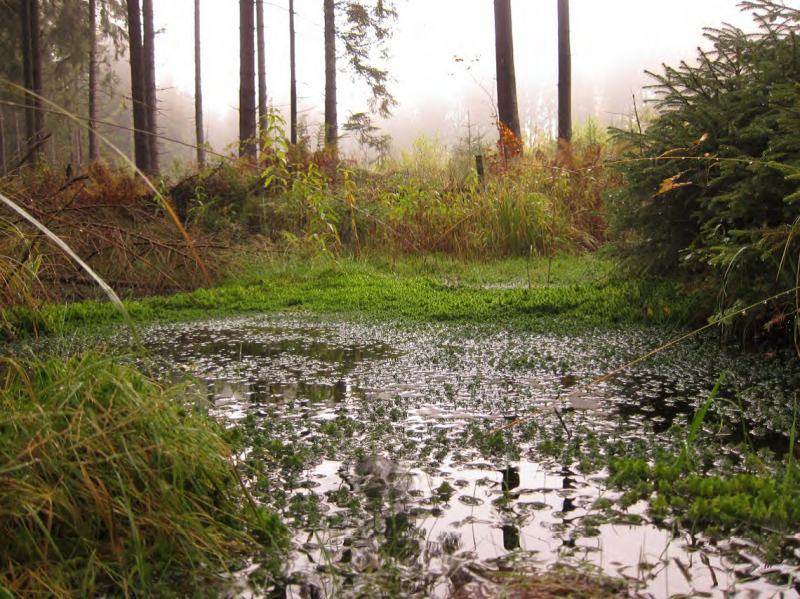Restoration of natural infiltration to groundwater
Groundwater is the part of infiltrated water which composes the water resource for population and human activities. Previous modifications of the landscape have reduced the infiltration capacity of many European soils, thereby limiting the rate at which precipitation is able to infiltrate and recharge groundwater aquifers. Restoration of natural infiltration to groundwater enables a lowering of run-off from surrounding land, and...

Explicative scheme of enhanced infiltration (UK)
Source: http://www.bgs.ac.uk/research/groundwater/agrar.html
| Benefits | Level |
|---|---|
|
PO5 - Improving quantitative status
|
Medium
|
|
PO8 - Prevent groundwater status deterioration
|
Medium
|
|
PO9 - Take adequate and co-ordinated measures to reduce flood risks
|
Low
|
|
ES1 - Water storage
|
Medium
|
|
ES5 - Climate change adaptation and mitigation
|
Low
|
|
ES6 - Groundwater/aquifer recharge
|
Medium
|
|
ES7 - Flood risk reduction
|
Low
|
|
ES8 - Erosion/sediment control
|
Low
|
|
ES13 - Geological resources
|
High
|
|
BP1 - Store runoff
|
Low
|
|
BP2 - Slow runoff
|
Medium
|
|
BP6 - Increase infiltration and/or groundwater recharge
|
High
|
|
BP7 - Increase soil water retention
|
Medium
|
|
BP9 - Intercept pollution pathways
|
Low
|
|
BP10 - Reduce erosion and/or sediment delivery
|
Low
|














